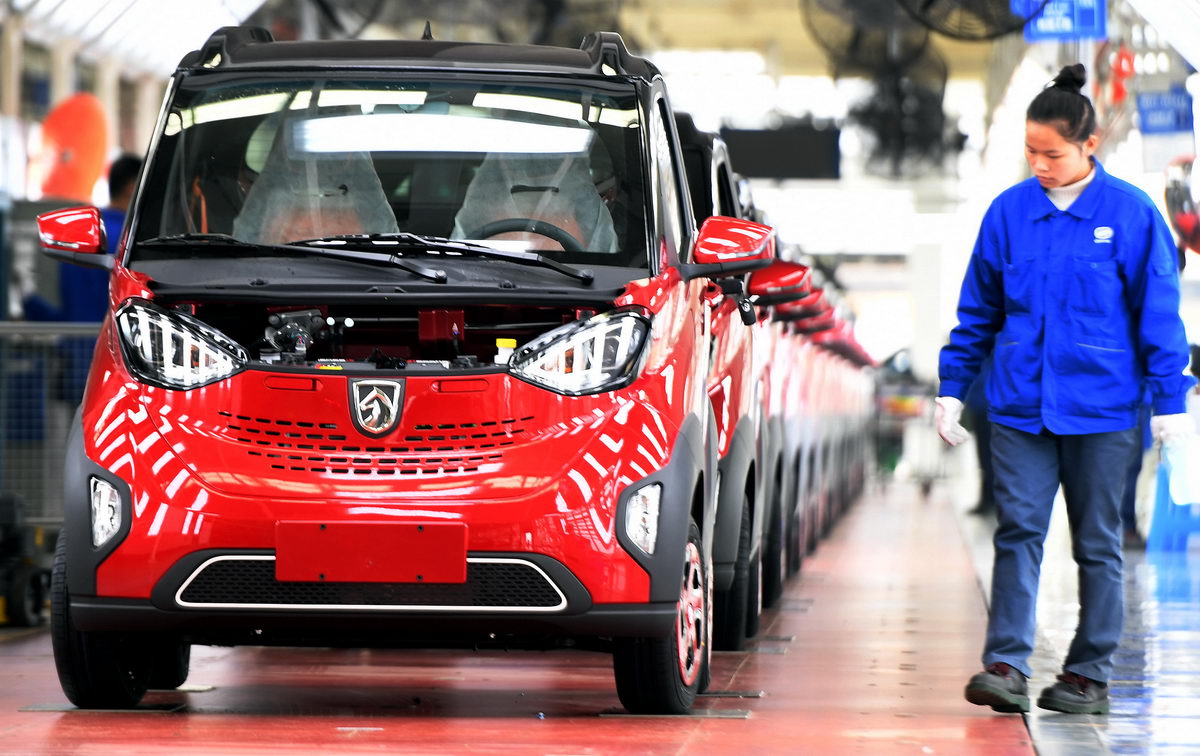Large, But Still Developing

On June 28, the State Council Information Office released a white paper titled China and the World Trade Organization (WTO).
The white paper was published to give a full account of China's fulfillment of its WTO commitments, expound China's principles, stances, policies and propositions regarding the multilateral trade system, and introduce China's vision and approach toward advancing high-level reform and opening up.
However, given that China's GDP has increased dramatically since acceding to the WTO in 2001, there are controversies surrounding whether China should still be considered a developing country, with some arguing that it already is a developed country and should be subject to the corresponding WTO rules.
Is China already a developed country, and can China be identified as a developed country solely on the basis of its GDP? China still lags behind developed countries on a broad array of criteria and the classification of the country as developed country does not hold water.
There are a series of indicators for judging whether a country is developed or not, including GDP, industrial organization, employment and the distribution of national income. Moreover, innovation capacity, social welfare, the average level of education and life expectancy are also crucial in defining a country as developed or not. Therefore, a country cannot be classified as developed when it satisfies only one or two barometers.
China's economic development is the result of its reform and opening-up policy over the past four decades, and WTO accession marked the start of the country's integration into economic globalization and a new phase of its reform and opening up. In the 17 years since, China has aligned itself more closely with multilateral trade rules, fulfilled its promises to liberalize trade in goods and services, and strengthened the protection of intellectual property. The stability, transparency, and predictability of the country's opening up have also noticeably increased. During the same period, the domestic market has improved rapidly, playing a more dominant role in the allocation of resources and optimizing the business environment. Over the past 17 years, living standards in China have been raised and the national economy has become increasingly integrated with those of other countries. China registered a more than six fold increase in GDP from 9.5933 trillion yuan ($1.4483 trillion) in 2001 to 82.7122 trillion yuan ($12.4876 trillion) last year, having overtaken Japan to become the second largest economy in the world in 2010.
Copyedited by Laurence Coulton
(Source: Beijing Review)
However, China still lags behind in terms of per-capita GDP. China's GDP per capita was only about $9,000 in 2017, ranking 70th worldwide. In the United States that figure was over $60,000 while in Japan it was more than $34,000. It seems a stretch to consider a country with a per-capita GDP of $9,000 as developed.
China's economic development is unbalanced, with a large gap between urban and rural areas as well as between different provinces and regions. China's eastern coastal areas are more developed than the interior, and within regions themselves there is a large discrepancy between the affluence of city and countryside.
Although China has achieved a great deal in aerospace, aviation, the Internet and artificial intelligence, its basic scientific research remains weak while high-caliber researchers in science and technology are lacking. There are currently 1,000 researchers per 1 million of the population, a far lower figure than the 4,000 in every 1 million seen in developed countries.
China's development in certain fields is still inadequate, with traditional industries simultaneously facing overcapacity and supplies of insufficient quality. Last year, the rate of capacity utilization for the coal and cement industries was only 70 percent. Many intelligent machines and new pharmaceutical products rely heavily on imports and the country's self-sufficiency rate for domestic integrated circuits is less than 20 percent. China is also faced with serious ecological challenges. Only a quarter of the 338 major cities in the country met the national air quality standard last year, and the government must now confront water, air and soil pollution, and improve and restore the environment.
The realities of China's economic and social progress fit the archetype of a developing country. The Chinese Government has a lucid perspective of its current state, with President Xi Jinping pointing out during the 19th National Congress of the Communist Party of China last October that the country's status as the world's largest developing country remains fundamentally unchanged. China still faces many difficulties and challenges and unremitting efforts need to be made for a long time to come in order to guarantee a better life for its people.